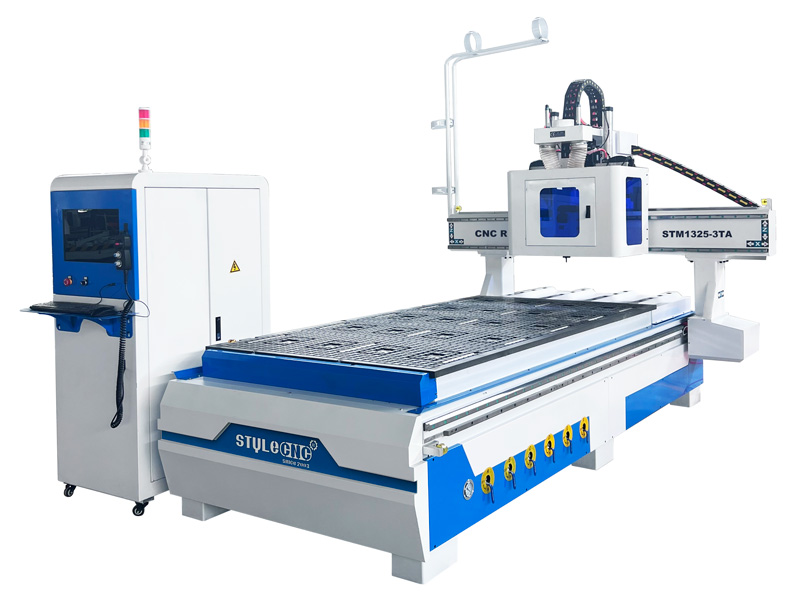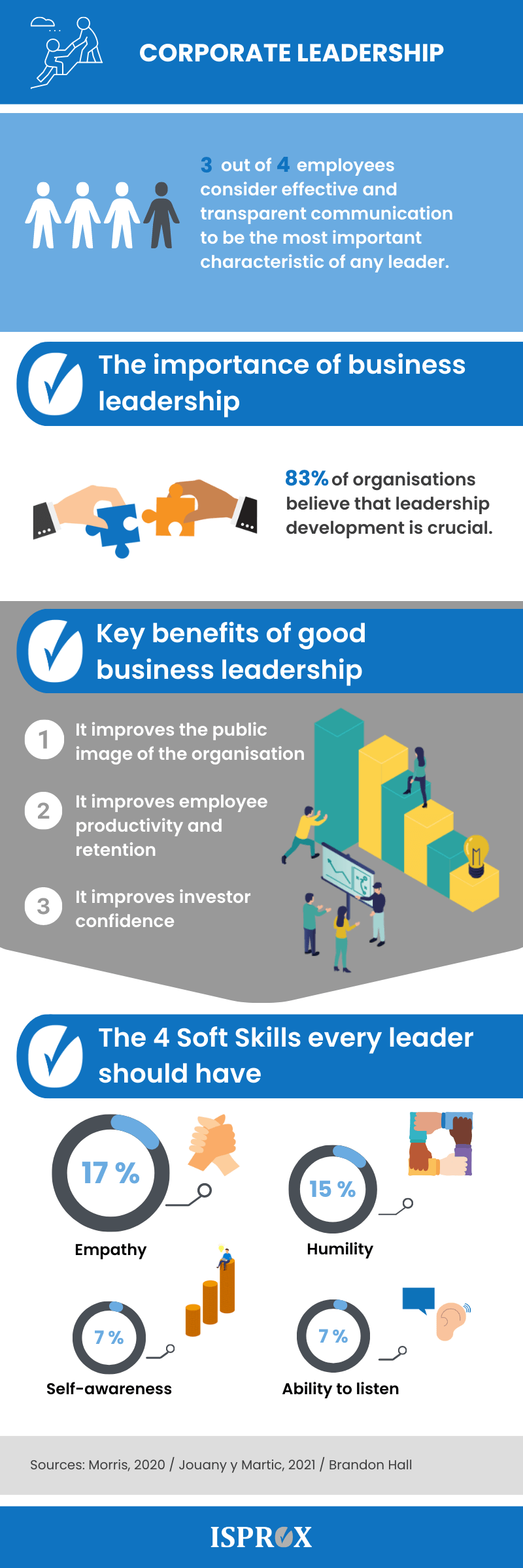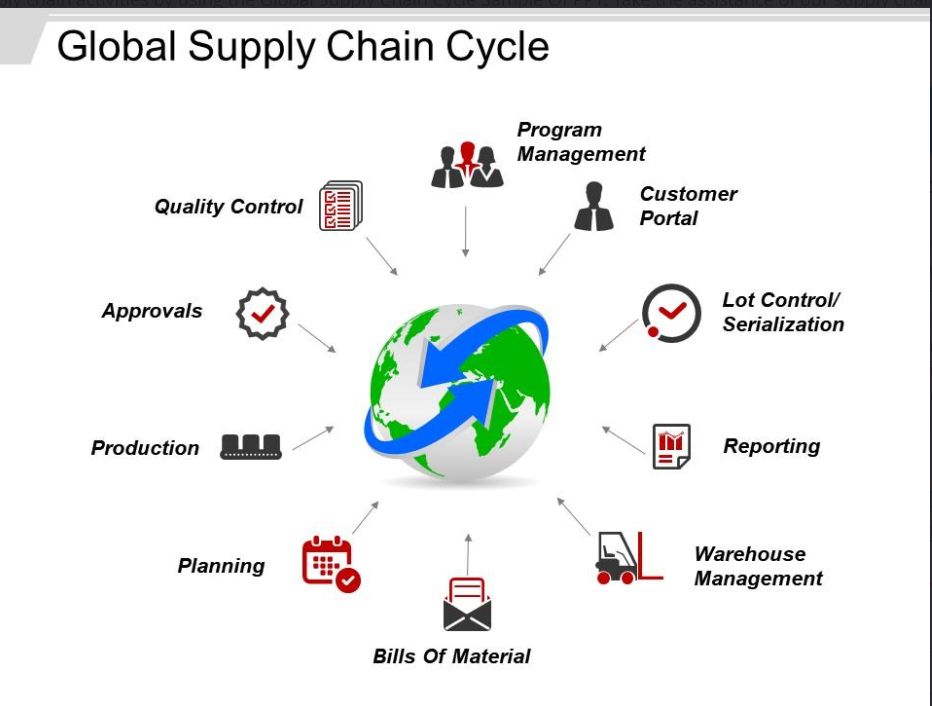
Smart Home Security Systems: Protecting Your Connected Home

Protecting Your Connected Home: Smart Home Security Systems
The Evolution of Home Security
In the digital age, the concept of home security has undergone a remarkable transformation. Smart Home Security Systems have emerged as the forefront of this evolution, offering advanced features that go beyond traditional alarm systems. These systems leverage cutting-edge technology to provide homeowners with enhanced protection, control, and peace of mind.
Integration of Smart Technology
Smart Home Security Systems integrate seamlessly with the latest technologies, bringing a new level of sophistication to home security. Connected to your home network, these systems allow you to monitor and control various aspects of your home security remotely. From surveillance cameras and smart doorbells to sensors and automated locks, these devices work together to create a comprehensive security ecosystem.
Real-Time Surveillance and Alerts
One of the standout features of Smart Home Security Systems is real-time surveillance. High-definition cameras enable homeowners to monitor their property remotely through a smartphone or other connected devices. These systems also provide instant alerts for suspicious activities, allowing for a prompt response and potential prevention of security breaches.
Smart Access Control and Automation
Smart locks and access control systems have become integral components of modern home security. Homeowners can remotely control and monitor access to their property, allowing or denying entry as needed. Automation features enable the scheduling of locks, lights, and other devices, creating the illusion of an occupied home even when you’re away, enhancing security.
Integration with Virtual Assistants
Many Smart Home Security Systems seamlessly integrate with virtual assistants like Amazon Alexa and Google Assistant. This integration allows for voice commands to control security features, check the status of your system, or receive updates. The convenience of managing your home security through voice commands adds an extra layer of accessibility and ease of use.
Enhanced Environmental Monitoring
Beyond intrusion detection, Smart Home Security Systems offer environmental monitoring capabilities. Sensors can detect changes in temperature, humidity, and even air quality. This not only enhances the safety of your home but also provides valuable data for preventive measures, such as early detection of fire or gas leaks.
Cybersecurity Considerations
As smart technologies become more prevalent, ensuring the cybersecurity of Smart Home Security Systems is paramount. Manufacturers are continuously updating their systems to address vulnerabilities, but users must also take proactive steps. Regularly updating passwords, securing the home network, and being cautious about device permissions are crucial for maintaining a secure smart home environment.
Customized Security Solutions
Smart Home Security Systems provide a level of customization that traditional systems cannot match. Homeowners can tailor their security setups based on their specific needs and preferences. Whether it’s adding more cameras, adjusting sensor sensitivity, or integrating additional smart devices, the flexibility of these systems ensures a personalized security solution.
Scalability for Future Needs
The scalability of Smart Home Security Systems is a significant advantage. As technology evolves, homeowners can easily upgrade their systems to incorporate the latest innovations. This scalability future-proofs your home security, ensuring that you can adapt to




:max_bytes(150000):strip_icc()/open-septic-tank-in-yard-while-bring-pumped-out-174030025-b87921a99e5748fb9997eebf4b203f3b.jpg)









































